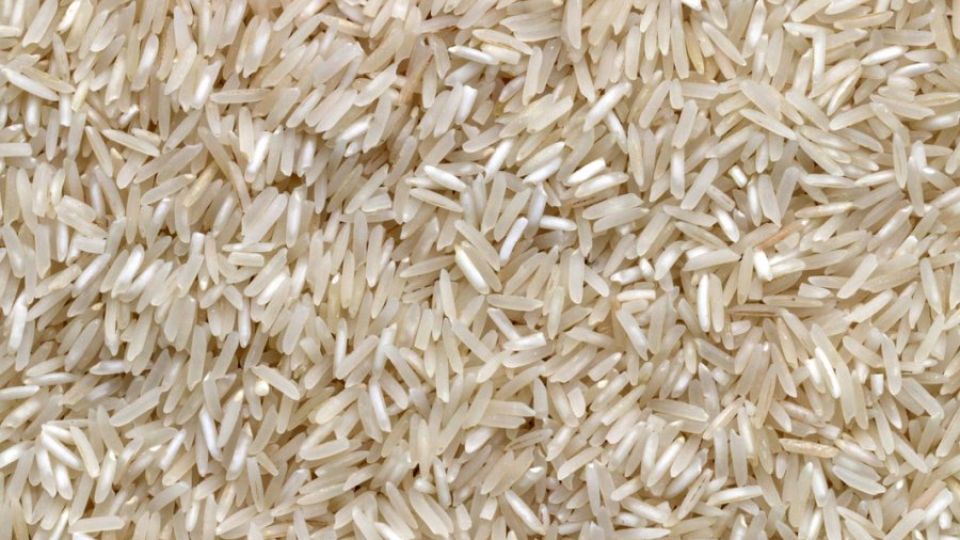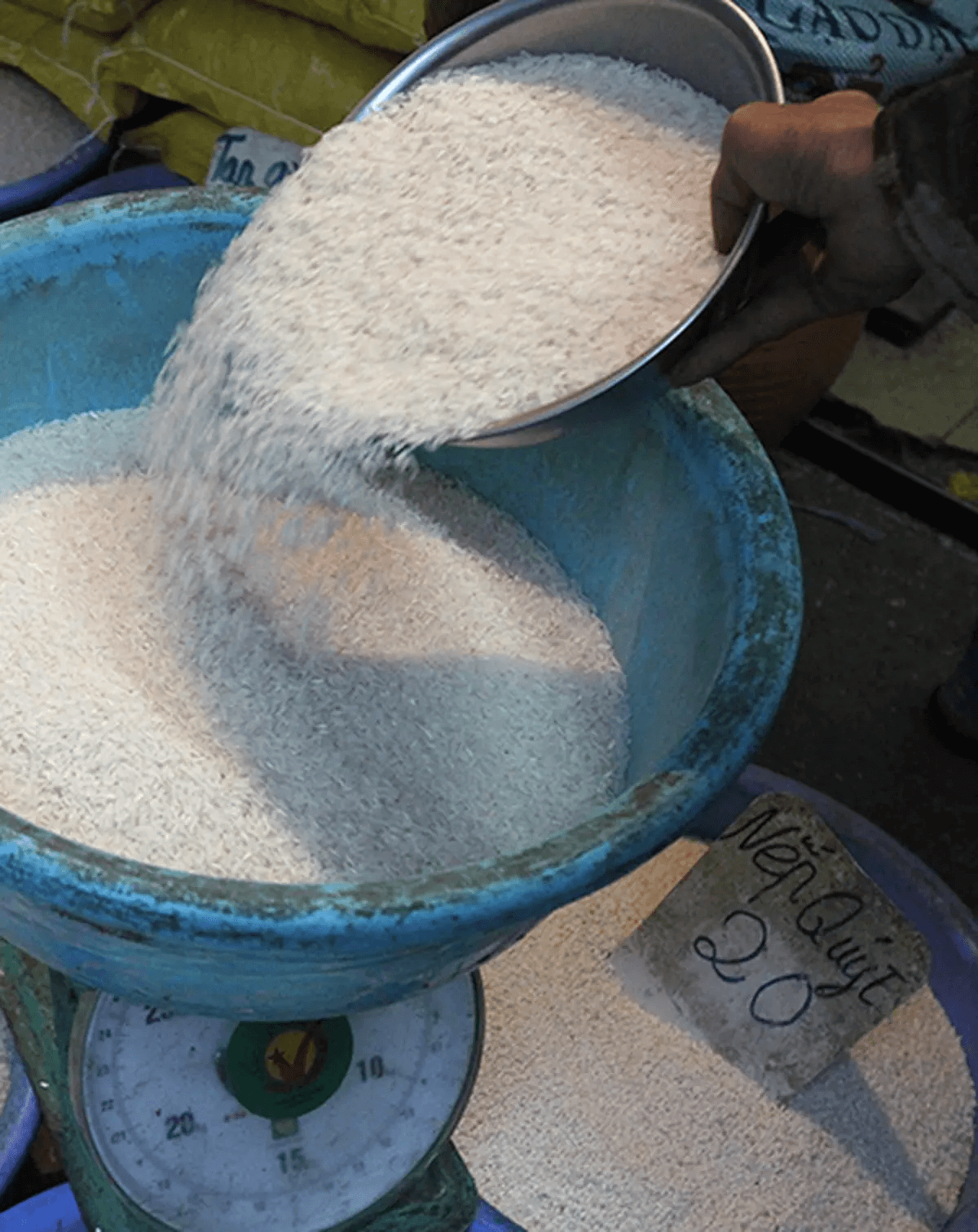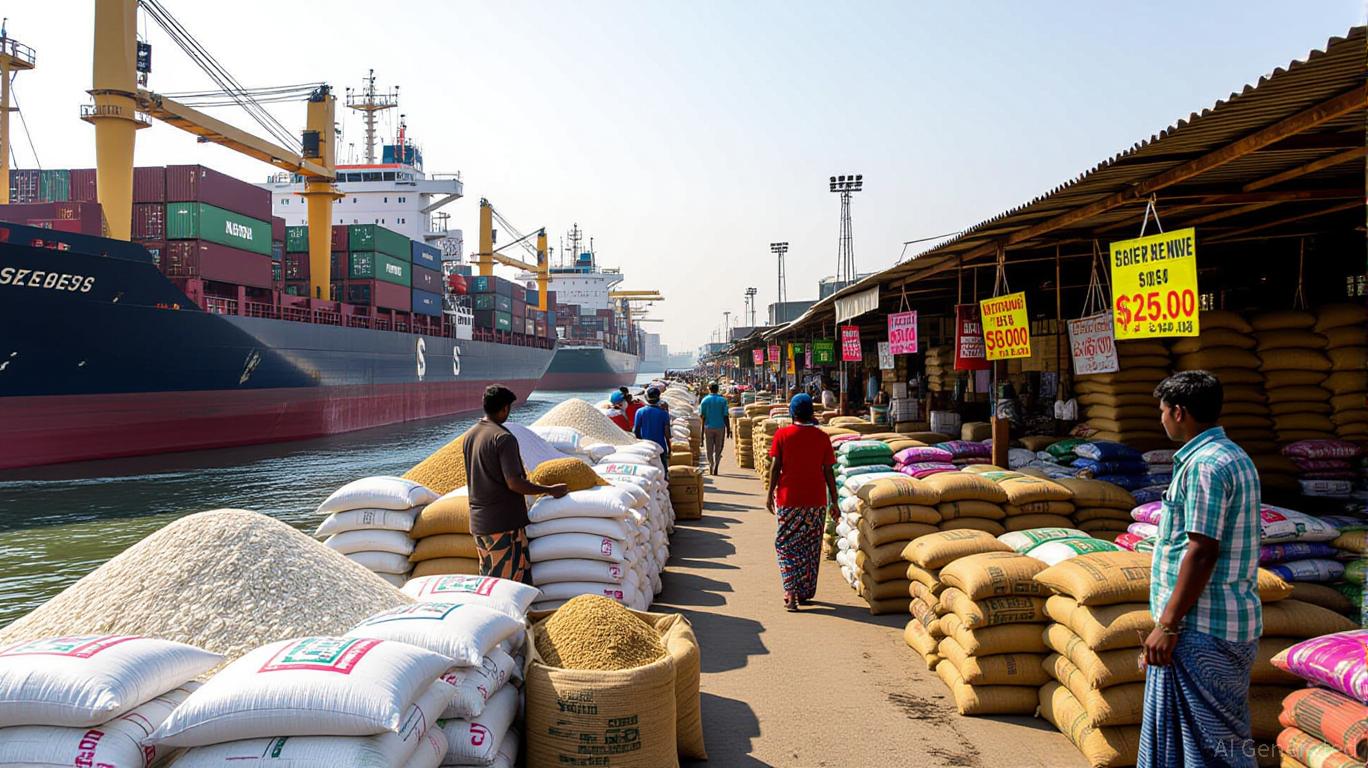Tags
Rice vanishes from Indonesia’s shelves amid delayed harvest
The National Food Agency, meanwhile, has said that overall rice stocks are adequate as the government has imported around 500,000 tonnes of rice this year.

File photo of rice. PHOTO: UNSPLASH
JAKARTA – The Association of Indonesian Retailers (Aprindo) has reported a scarcity of premium-quality rice across the country amid a spike in demand and a delayed harvest season.
The National Food Agency (Bapanas), meanwhile, has said that overall rice stocks are adequate as the government has imported around 500,000 tonnes of rice this year.
Nevertheless, it pledged to accelerate the distribution of rice to traditional and modern markets in compliance with President Joko “Jokowi” Widodo’s order to “flood the market”.
The term “modern markets” is used in Indonesia to refer to supermarkets and mini markets, which typically sell premium-quality rice, as opposed to wet markets that also sell the cheaper, medium-quality rice.
Eliza Mardian, a researcher at the Center of Reform on Economics (CORE), explained that Indonesia was facing a surge in orders for rice at the beginning of this year, as the country approached the fasting month of Ramadan.
The upcoming general election contributed to the increase in demand, as presidential and legislative candidates typically distribute free rice to their supporters.
At the same time, there is a shortage of rice supply because the El Niño weather phenomenon is delaying the harvest season, which, according to Eliza, is expected to occur only in March this year.
Nevertheless, the researcher agreed with Bapanas that the rice reserves should be sufficient to meet demand until the harvest season.
“The problem lies with the stock management and distribution. We should be aware that 90 percent of rice distribution is controlled by private entities. Thus, there is no [comprehensive] data on rice stocks and distribution, making it hard to track,” Eliza told The Jakarta Post on Monday.
Read also: Jokowi orders food agency to “flood market” with rice
According to Aprindo, two types of rice are sold in retail markets: rice sold commercially by private companies or the State Logistics Agency (Bulog) and rice sold by Bulog under the price stabilization (SPHP) program to balance the market. The scarcity in modern retailers, according to the association, was caused because the wholesale price of commercial rice had exceeded the government-set price ceiling (HET).
“If the buying price of commercial rice is Rp 17,000, while the HET is only Rp 15,500, we would incur losses, right? That’s why retailers decided not to purchase the rice [and keep the shelves empty],” Aprindo chairman Roy Mandey said on Monday.
The situation was exacerbated when Bulog, which used to also distribute SPHP rice through modern retailers, shifted those stocks toward social aid programs, according to Roy. He warned the government that a scarcity of rice at modern retailers could encourage panic-buying.
“If we want a certain [amount] of SPHP rice, they only provide less. We want a guarantee that if we request a certain [supply], please provide it. Do not withhold it,” Roy stated.
Aprindo has suggested raising the HET but Roy said the government might be reluctant to do so, as that could stoke inflation.
Bapanas head Arief Prasetyo Adi opined that it may not be wise to change the HET while the market was “unbalanced” with a significant amount of imported rice and that that discussion might be best reopened only after the main harvest season.
Arief said stocks were adequate but acknowledged that most rice was sold in bulk amounts of 50 kilograms. He vowed that Bapanas, along with Bulog and food security company Food Station, would accelerate the packaging of rice in the 5 kg bags usually sold in modern retailers and expedite the distribution.
Additionally, he requested that Bulog push the price of commercial rice below the HET while Aprindo reduce its margins.
“The President gave [Bulog] an order this morning to transfer all SPHP rice into 5 kg bags. As for commercial rice, there are 50,000 tonnes allocated for Jakarta, which will be processed by Food Station,” Arief said on Monday.
Roy from Aprindo explained that rice producers commonly preferred selling in bulk rather than hiring additional packers, but with a push from the government, they may need to do so anyway.
“They [Bapanas, Bulog and Food Estate] will sort it out internally. At least there is a commitment to pack that rice [into smaller bags] and distribute it to modern retailers. That is something that they never did in the past,” Roy said.
Price stabilization program
Sutarto Alimoeso, chairman of the Indonesian Rice Millers and Entrepreneurs Association (Perpadi), opined that the SPHP program could be considered a success if the rice was disbursed at the right time, in the right size, to the right people, at the right price and through the right distribution channels.
“However, I still see some problems in SPHP distribution, such as price differences, limited locations to obtain the rice and a lack of distribution control,” Sutarto told the Post on Monday.
Indonesian Political Economy Association (AEPI) agriculture expert Khudori said SPHP should cover as many people as possible.
He said poor people received many subsidies and aid from the government, but people who were just slightly above the poverty line did not get such support. Thus, a hike in rice prices that was not balanced out by SPHP rice could push them into poverty.
“Probably the continued increase in grain prices was caused by changing production costs,” Khudori told the Post on Monday.
https://asianews.network/rice-vanishes-from-indonesias-shelves-amid-delayed-harvest/Published Date: February 13, 2024






